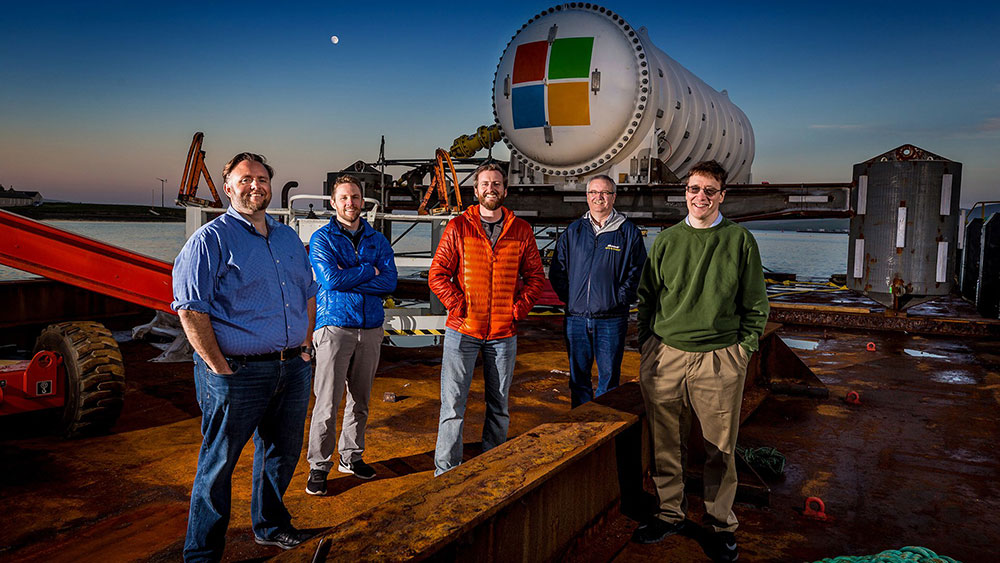Remember Microsoft’s underwater datacenter concept from a couple of years ago? Where the company stuffed servers and other IT equipment into a big metal tube and dropped it off the coast of California?
Microsoft has done it again, this time off the coast of Scotland as part of the second phase of Project Natick, an effort to dot the world’s coastal areas, where approximately half of the world’s population lives (within 120 miles), with sustainable datacenters that provide quick access to data and brisk application response times by virtue of their physical closeness to their users.
The datacenter, dubbed Northern Isles, was built in France and trucked over to Scotland before being submerged. It is just 40 feet long–about the size of a shipping container found on cargo ships–and contains 864 servers across 12 racks. The servers contain performance-enhancing field-programmable gate arrays (FPGAs) and offer 27.6 petabytes of storage in aggregate.
Northern Isles consumes 240 KW of electricity, provided by local renewable sources, including solar, wind and offshore tide. Astonishingly, it took only 90 days for the datacenter to get up and running after it was shipped from the factory.
Dropping a datacenter into the cold ocean depths has one major advantage: free cooling. Microsoft’s John Roach writes:
The world’s oceans at depth are consistently cold, offering ready and free access to cooling, which is one of the biggest costs for land-based datacenters. Underwater datacenters could also serve as anchor tenants for marine renewable energy such as offshore wind farms or banks of tidal turbines, allowing the two industries to evolve in lockstep.
Microsoft will monitor Northern Isles for the next 12 months. As part of an applied research project, customers won’t be able to place their workloads on it, but considering Project Natick kicked off a second phase, and if it passes Microsoft’s feasibility studies, there’s a good chance more of the Azure cloud will one day pump IT services from a coastal area near you.
Image credit: Microsoft, Scott Eklund/Red Box Pictures


Leave a Reply